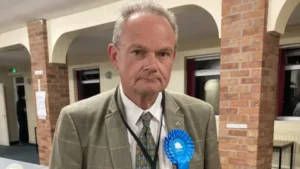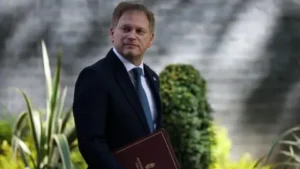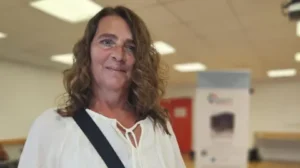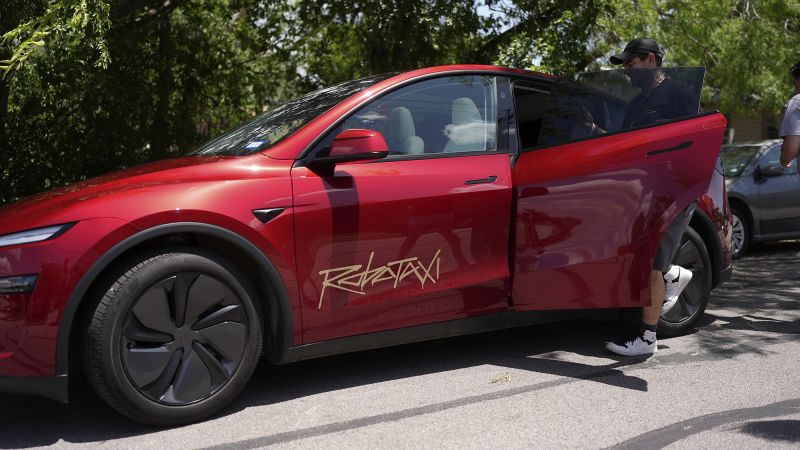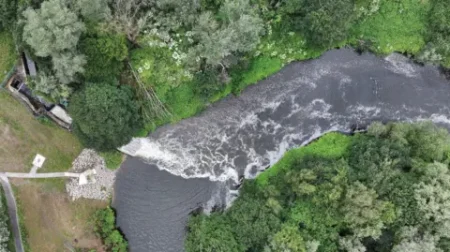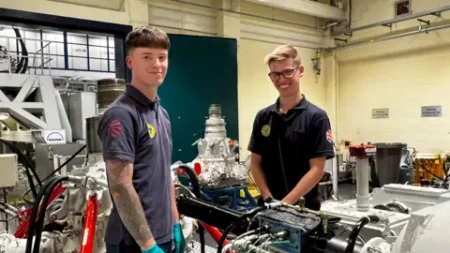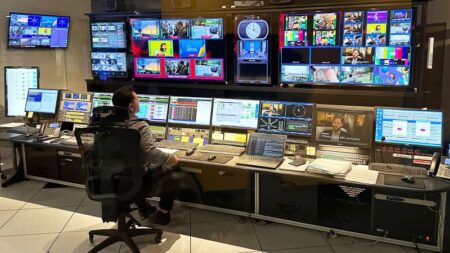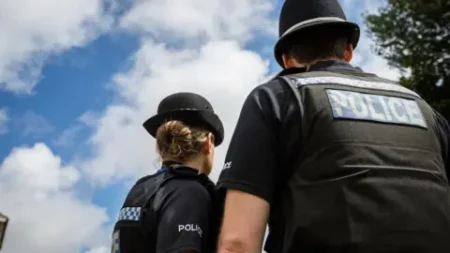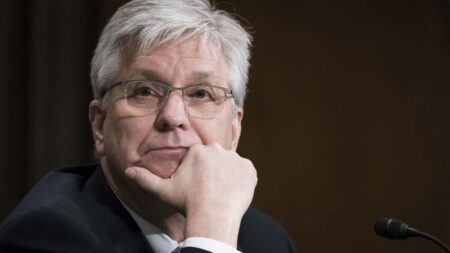Tesla, Inc. recently took a significant step in its business journey by launching its highly anticipated robotaxi service in Austin, Texas. However, this rollout was comparatively modest as it was limited to a particular neighborhood, available only to a select group of Tesla enthusiasts and requiring a company employee to sit in the front passenger seat. This restrained introduction starkly contrasts with the grand promises made by CEO Elon Musk in previous years regarding a groundbreaking ride-hailing service that could revolutionize transportation.
Since 2019, Musk has been vocal about Tesla’s impending entry into the ride-hailing market, which he claimed would transform how people travel, allowing Tesla owners the ability to earn money by renting out their vehicles to this service. In a notable announcement last year, Musk unveiled a prototype dubbed “Cybercab,” a vehicle absent of conventional driving elements like a steering wheel or pedals. He suggested that this service would enhance Tesla’s financial standing, potentially positioning it as the most valuable company on the planet.
Despite the grand vision, the reality of the Tesla robotaxi service launch on a Sunday was a far cry from those expectations. The service began with only a handful of existing Model Y vehicles, rather than the futuristic Cybercabs that have yet to be mass-produced or legally permitted on public roads. Notably, the extent of Tesla’s robotaxi service launch paled compared to a joint initiative already in place between Uber and Waymo, Google’s self-driving unit, which has been operational in Austin since March of the same year.
Nonetheless, the Tesla test continued, focusing on a group of devoted fans eager to experience the service. Analysts like Dan Ives from Wedbush Securities, a confirmed advocate for Tesla, and Joey Klender of Teslarati.com shared insights regarding the initial rides. Ives relayed observations from his team, detailing the experience of riding in the robotaxi. A passenger “safety monitor” was stationed in the front seat during these rides, which were reported to be of commendable quality.
One particularly exhilarating anecdote shared by Ives involved navigating through complex terrains, including narrow roads with parked cars and oncoming traffic. He expressed admiration for the robotaxi’s adeptness at maneuvering, noting that “the car was able to navigate perfectly” even under challenging conditions.
However, the test was not devoid of missteps. Some passengers shared their frustrating experiences through various social media platforms. In one instance, a robotaxi was seen driving on the incorrect side of the road following an abandoned left turn. Luckily, no other vehicles were present at the time. In another video, a user experienced a surreal situation where the robotaxi failed to stop at the intended destination, continuing to drive for several minutes despite prompts to exit the vehicle, which humorously culminated in a screen reading “Please exit safely.”
All rides taken on that inaugural day carried a fare of $4.20, a number Musk has been known to favor because of its cultural ties to marijuana. Following the launch, Musk shared tweets from various passengers positively reviewing their rides, reinforcing his belief that service expansion would follow rapidly and ensure significant economic improvements for Tesla.
Nevertheless, Tesla is up against stiff competition, particularly from Waymo, which has been running paid rides since 2020, servicing over 250,000 rides weekly across cities like Austin, Phoenix, Los Angeles, and San Francisco. Waymo is gearing up to extend its services to additional locations, including Atlanta, Miami, and Washington D.C.
Meanwhile, General Motors faced difficulties in the self-driving space, discontinuing its robotaxi service due to the substantial resources required amidst a highly competitive market. Following an accident where its robotaxi was involved in hitting a pedestrian, GM faced severe regulatory challenges that forced it to halt operations in California.
In summary, while Tesla’s robotaxi service represents an important milestone for the company, the journey ahead is laden with challenges. Tesla’s aim to transform urban mobility must contend not only with regulatory hurdles and technical challenges but also with the rapidly evolving competitive landscape occupied by more established players in the autonomous vehicle sector.

